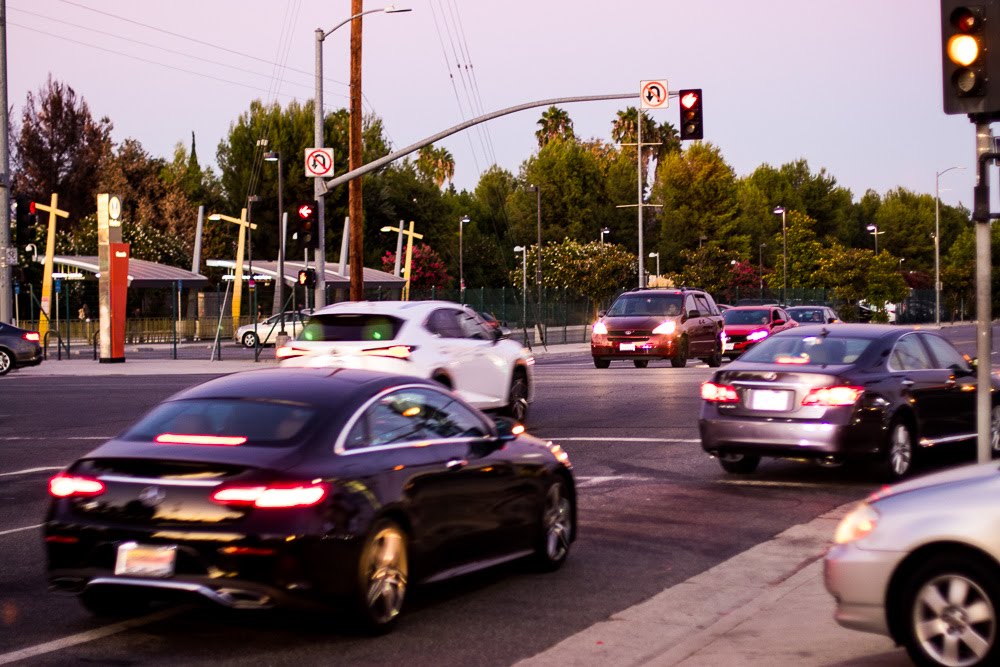Driving in Salt Lake City can be unpredictable, especially at intersections that have earned a reputation for being crash-prone. While Utah’s road network is generally well-maintained, certain intersections consistently see higher-than-average accident rates, making them serious threats to driver safety.
Whether you’re a daily commuter, rideshare driver, or visiting tourist, understanding where accidents happen most in Utah can help you avoid danger and potentially life-altering consequences. If you or a loved one has been hurt at one of these high-risk locations, a skilled Utah car accident lawyer from Flickinger • Boulton • Robson • Weeks can help you pursue justice and compensation.
Why Certain Intersections Are More Dangerous
Intersections are inherently hazardous because they involve multiple directions of traffic, frequent stops and starts, and numerous opportunities for human error. In Salt Lake City, these dangers are amplified at intersections with heavy traffic volume, inadequate signage, poor visibility, or complex layouts. Many serious crashes, particularly T-bone collisions and pedestrian accidents, occur when drivers run red lights, misjudge timing, or fail to yield.
Local and state data show that Utah traffic accident hotspots are often concentrated in areas with a mix of commercial activity, high-speed roadways, and high pedestrian density. These conditions can create a perfect storm of distraction and danger.
Most Dangerous Intersections in Salt Lake City
While accidents can happen anywhere, certain intersections in Salt Lake City stand out for their consistently high crash rates. The following are widely considered among the most dangerous intersections in Salt Lake City:
State Street & 3300 South
This intersection in South Salt Lake is one of the most accident-prone in the state. With multiple lanes of traffic, high-speed limits, and nearby businesses drawing constant activity, this area sees frequent rear-end and side-impact collisions.
Redwood Road & 5400 South
Serving a dense suburban and commercial zone, this intersection is notorious for driver impatience and red-light violations. Traffic volume from shopping centers and residential neighborhoods creates a congested and hazardous mix.
700 East & 2100 South
This busy east-side corridor handles a significant amount of commuter traffic and experiences many turning-related crashes. The large number of vehicles entering and exiting nearby establishments increases the risk of collisions.
I-15 On/Off Ramps & 600 South
Access ramps near the heart of downtown Salt Lake City create complex merging patterns. Accidents often occur when drivers fail to yield properly or try to change lanes at the last moment.
North Temple & 900 West
This intersection is close to several transit lines and pedestrian walkways, making it especially dangerous for people on foot. Poor visibility and hurried drivers contribute to a high number of accidents here.
What Makes These Spots So Hazardous?
Many of these intersections share common risk factors that increase the likelihood of a serious collision. These include:
- High traffic volume during both rush hours and weekends
- Limited visibility due to curves, buildings, or weather conditions
- Complex layouts with multiple turn lanes and unclear signage
In many cases, road design and driver behavior combine to create persistent problems. Knowing which intersections to approach with extra caution, or avoid altogether, can reduce your risk of being involved in a serious crash.
When to Call a Utah Intersection Crash Lawyer
If you’ve been injured in a crash at one of these dangerous intersections in Salt Lake City, determining liability can be complex. Multiple drivers, poor road conditions, or even city planning issues could have contributed to the accident. A knowledgeable Utah intersection crash lawyer can help investigate your case and determine whether negligence played a role.
Legal help is especially important when:
- The crash involved serious injuries or fatalities
- Multiple vehicles were involved, and fault is disputed
- A government agency may be partially responsible due to poor road design
You may be entitled to compensation for medical expenses, lost wages, property damage, and pain and suffering, but only if you act quickly to protect your rights.
How to Stay Safe at High-Risk Intersections
While not every accident is avoidable, drivers can reduce their risk of becoming part of Utah’s crash statistics by using extra caution in known high-risk areas. When driving through Utah traffic accident hotspots, remember to:
- Approach with caution and reduce speed, even if you have the green light
- Watch for red-light runners and yield violations from other drivers
- Be especially vigilant for pedestrians and cyclists, particularly at night
- Avoid distractions like texting or adjusting navigation while approaching intersections
Why You Need a Lawyer from Flickinger • Boulton • Robson • Weeks
Accidents at high-risk intersections often involve complex legal questions about fault and liability. Insurance companies may attempt to shift blame or offer quick settlements that fail to account for the full extent of your damages. That’s why it’s critical to work with a Utah car accident lawyer who understands local road conditions, traffic data, and state-specific liability laws.
If you were injured in a collision at one of Salt Lake City’s most dangerous intersections, don’t navigate the aftermath alone. Our skilled legal team at Flickinger • Boulton • Robson • Weeks is here to help you understand your rights and fight for the compensation you deserve. Call (801) 500-4000 today to speak with a dedicated Utah car accident lawyer who can guide you every step of the way.



